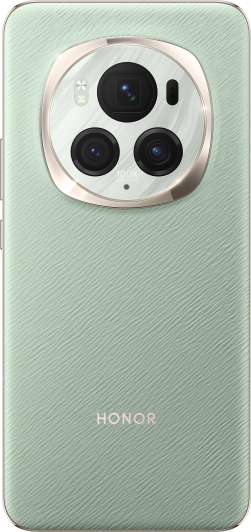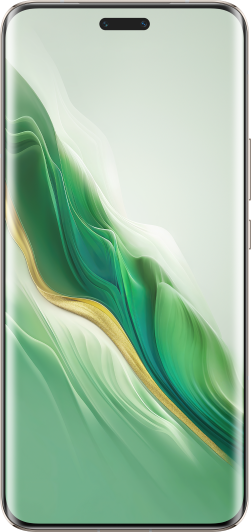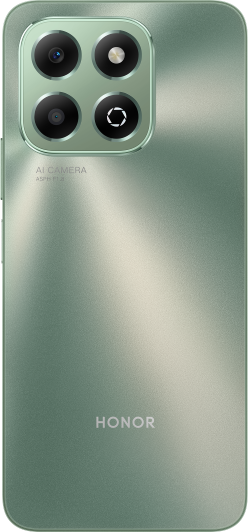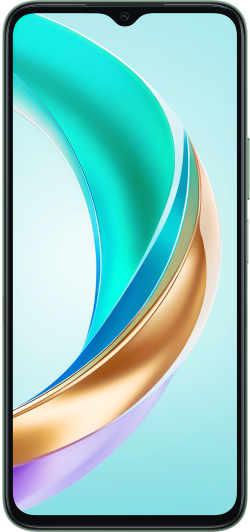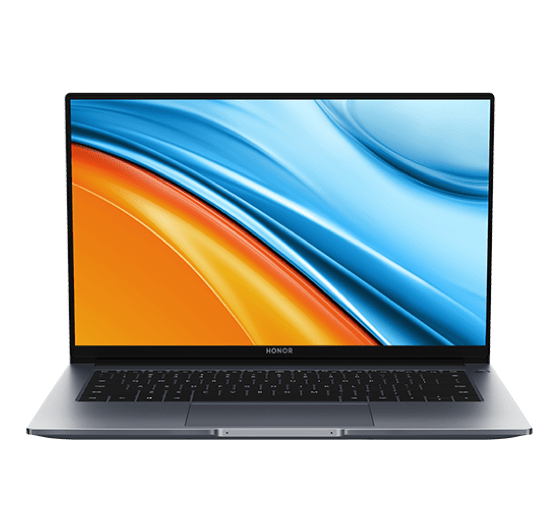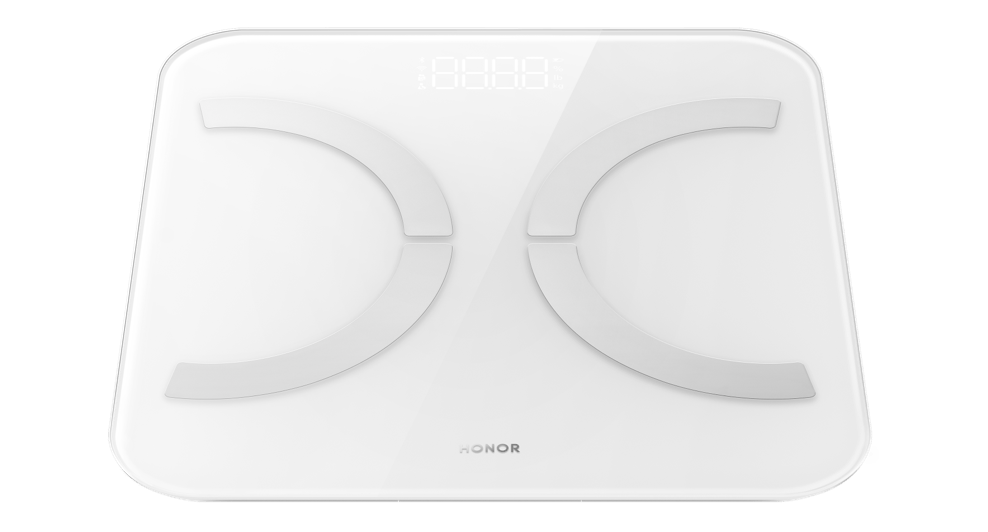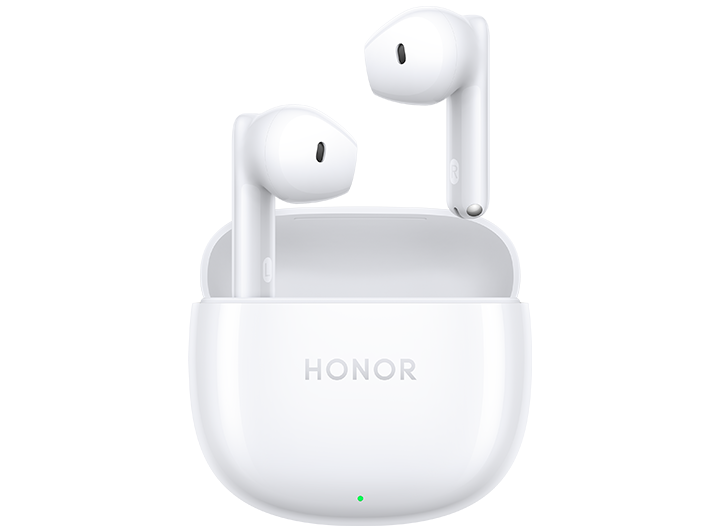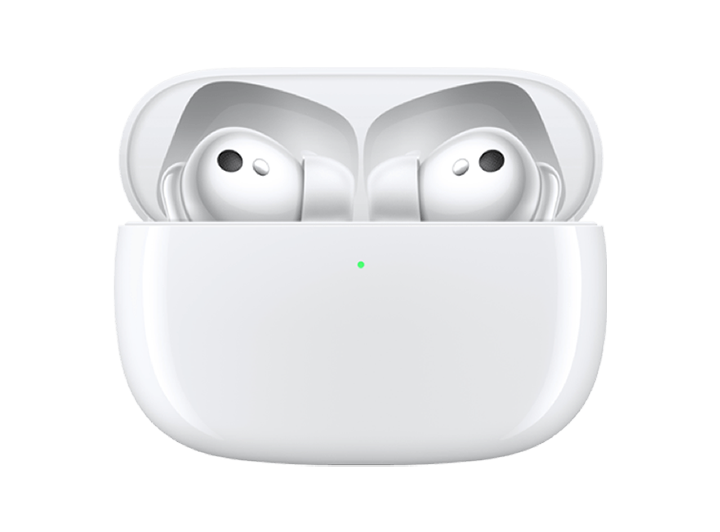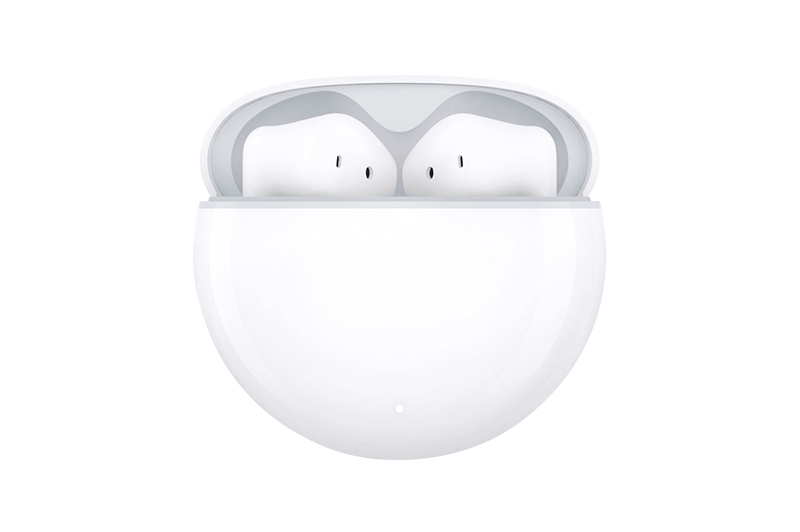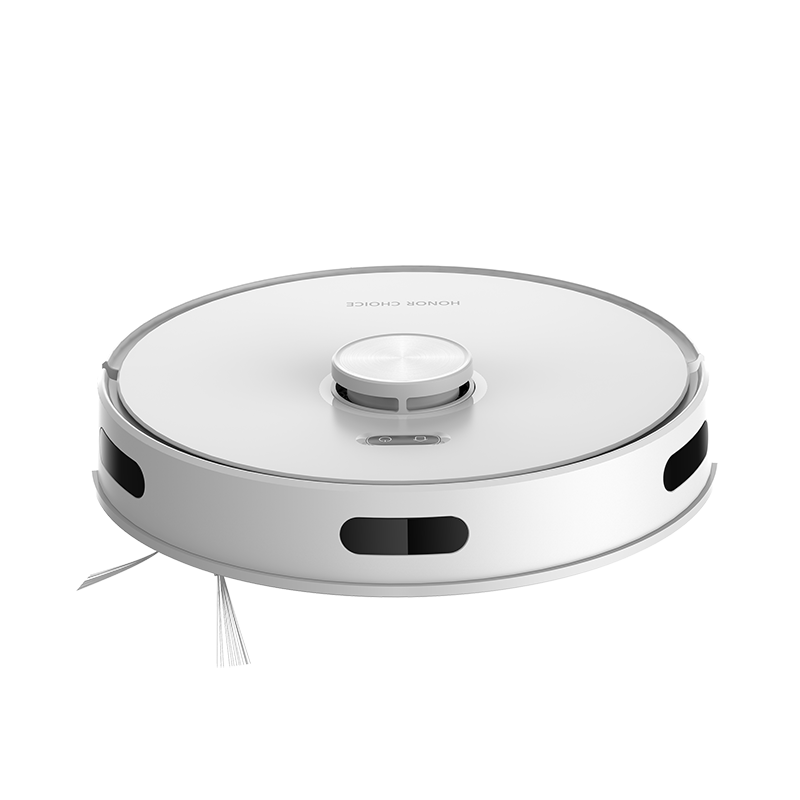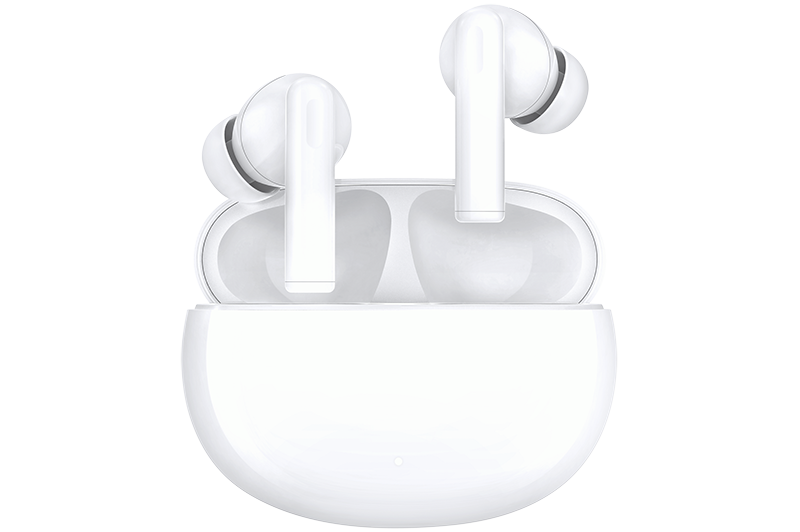TOP

我的荣耀 开启荣耀之旅
To log in to your account, you must first agree to the HONOR PLATFORM TERMS OF USE and HONOR Platform Privacy Statement. If you do not agree, you may only browse the site as a guest.

How to Prevent Eye Damage from Phones with Effective Tips
Smartphones have become an indispensable part of our daily lives. From work to entertainment, communication to navigation, we rely on these handheld devices for various tasks. However, the extensive use of smartphones is not without consequences, particularly for our eyes. This article delves into the reasons behind the harmful impact of long-term phone usage on the eyes and offers practical tips on how to prevent eye damage from phones.
Why Is It Harmful to Your Eyes When Using Phones for a Long Time?
Here are some of the most common side effects of looking at your phone for too long.
Digital Eye Strain
Digital Eye Strain, also known as Computer Vision Syndrome, is a common condition caused by prolonged use of digital devices, including smartphones. The symptoms of digital eye strain include eye fatigue, headaches, blurred vision, and dry eyes. Staring at a small screen for extended periods can cause eye muscles to become strained, leading to discomfort and visual disturbances.
Blue Light Exposure
Smartphone screens emit a significant amount of blue light, a high-energy visible (HEV) light that can penetrate the eyes' retinal cells. Prolonged exposure to blue light has been linked to digital eye strain, as well as potential damage to the retinal cells, contributing to long-term vision problems.
Disruption of Sleep Patterns
The blue light emitted by smartphones can also interfere with our circadian rhythm, the body's internal clock that regulates sleep-wake cycles. Exposure to blue light, especially during the evening, suppresses the production of melatonin, a hormone responsible for inducing sleep. This disruption of the sleep pattern can lead to insomnia and other sleep-related issues.
To counteract this effect, some devices offer a "night mode" feature just like the HONOR Magic V2. It also features 3840Hz PWM and Dynamic Dimming, intelligently adapting display brightness to alleviate eye fatigue, with a Circadian Night Display for bedtime comfort.
How to Prevent Your Eyes from Being Damaged?
Now that we've explored the potential harms of prolonged phone use, let's delve into practical means of how to protect eyes from phones:
Follow the 20-20-20 Rule
The 20-20-20 rule requires that you take a break and look at something 20 feet away for at least 20 seconds for every 20 minutes spent using a screen. It is a simple and effective way to reduce eye strain. Set a timer or use smartphone apps that remind you to take breaks at regular intervals.
Adjust Screen Brightness and Text Size
Customize your smartphone settings to ensure optimal screen brightness and text size. A screen that is too bright can cause discomfort, while tiny text may lead to squinting and strain. Find settings that are comfortable for your eyes, and consider using larger fonts for easier readability.
HONOR 90 introduces industry-leading 3840Hz High-frequency PWM Dimming for risk-free brightness adjustment. Its dynamic dimming feature mimics natural light changes, while the Circadian Night Display reduces blue light to promote better sleep. Additionally, the hardware-level Low Blue Light function safeguards eyes and enhances visual comfort with 400-grade dimming adjustment.
Maintain Good Lighting
Ensure that the environment where you use your smartphone is well-lit. Avoid using your phone in complete darkness, as this can strain your eyes. Natural light is preferable, but if that's not possible, use ambient lighting that evenly illuminates your surroundings.
Hydrate Your Eyes
Blinking is a natural way to moisten and refresh your eyes, but people often blink less frequently when staring at screens. Make a conscious effort to blink regularly, and use artificial tears or lubricating eye drops if your eyes feel dry.
Choose Phones with Eye-Protection Features
When shopping for a new phone, consider models that come equipped with eye-protection features. Some smartphones offer blue light filters, adjustable color temperature, and other settings designed to reduce eye strain. Investing in a phone with these features can contribute to long-term eye health.
One good example is the HONOR Magic6 Lite. It prioritizes comprehensive eye care with advanced features. Its 1920Hz High-frequency PWM Dimming ensures flicker-free operation in dim light. And its dynamic dimming mimics natural light changes, reducing eye fatigue. The Circadian Night Display adjusts screen color temperature for better sleep quality. Also, its automatic brightness adjustment further enhances the overall viewing experience for increased comfort and eye protection.
Other Healthy Tips for Phone Usage
Aside from specific measures to protect your eyes, adopting overall healthy habits when using your phone can contribute to your well-being.
● Take Regular Breaks
In addition to following the 20-20-20 rule, make a conscious effort to take breaks from your phone throughout the
day. Engage in activities that don't involve screen time, such as going for a walk, reading a physical book, or
practicing a hobby.
● Practice Good Posture
Maintain a proper posture while using your phone to prevent neck and back strain. Hold your phone at eye level to
reduce the strain on your neck and minimize the risk of developing text neck—a condition caused by prolonged
downward neck tilt during phone use.
● Limit Nighttime Phone Use
As mentioned earlier, reducing smartphone use at least an hour before bedtime can contribute to better sleep quality.
Establishing a bedtime routine that doesn't involve screen time can improve your overall sleep quality.
Conclusion
While smartphones have undoubtedly transformed the way we live and work, it's crucial to be mindful of the potential impact on our eyes. Digital eye strain, blue light exposure, and sleep pattern disruption are real concerns associated with prolonged phone use. By implementing preventive measures and adopting healthy phone habits on how to prevent eye damage from phones, you can protect your sight and enjoy the benefits of technology without compromising your vision.
FAQ
Can you reverse eye damage from phone?
While adopting healthier habits and preventive measures can alleviate symptoms, reversing eye damage entirely may not be possible. However, taking proactive steps can help slow down or prevent further deterioration of your eyesight.
How many hours of mobile usage is safe for eyes?
There isn't a one-size-fits-all answer to this question, as individual tolerance varies. However, it's advisable to take regular breaks, follow the 20-20-20 rule, and be mindful of overall screen time to minimize the risk of eye strain.
Is dark mode better for your eyes?
Dark mode can reduce eye strain in low-light conditions, as it emits less light and may be less harsh on the eyes. However, the effectiveness of dark mode varies among individuals, and it's essential to consider personal preferences and comfort.
Can you use glasses to protect eyes from screens?
Blue light blocking glasses can be effective in reducing the amount of blue light reaching your eyes. These glasses have special coatings that filter out a portion of the blue light emitted by screens, providing an extra layer of protection for your eyes.
Source: HONOR Club
SUBSCRIPTION
I agree to receive the latest offers and information on HONOR products through email or IM (e.g. WhatsApp) provided below and advertisement on third-party platforms. I understand that I can unsubscribe anytime according to Chapter 5 of HONOR Platform Privacy Statement.
CONTACT
Honor Technology (Malaysia) Sdn Bhd
(Registration No.: 202101003804)
1800-88-5645
9:00 AM - 6:00 PM
Copyright © Honor Device Co., Ltd. 2020-2025. All rights reserved.
We use cookies and similar technologies to make our website work efficiently, as well as to analyze our website traffic and for advertising purposes.
By clicking on "Accept all cookies" you allow the storage of cookies on your device. For more information, take a look at our Cookie Policy.
Functional cookies are used to improve functionality and personalization, such as when playing videos or during live chats.
Analytical cookies provide information on how this site is used. This improves the user experience. The data collected is aggregated and made anonymous.
Advertising cookies provide information about user interactions with HONOR content. This helps us better understand the effectiveness of the content of our emails and our website.









